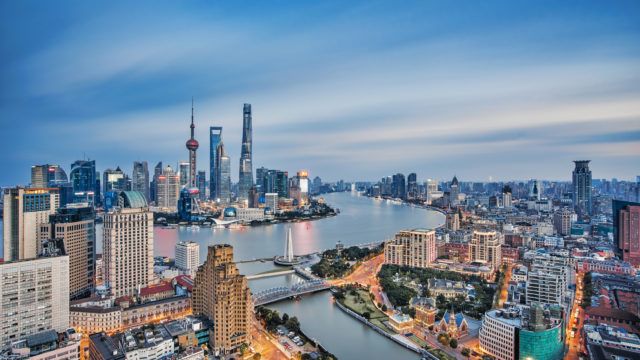China underperformed other emerging market equities in 2021, but the longer-term outlook provides opportunities for global investors.
“We believe the regulatory overhang could still lead to market volatility in 2022. However, a large part of the unwinding of Chinese equities is likely over and we think there could be some trading opportunities in 2022,” RBC WM investment strategist Jasmine Duan said in a report.
“Valuations are undemanding”, and Duan expects macro policy to become moderately growth-supportive, with some policy fine-tuning in key sectors, such as housing.
Overall, RBC WM prefers China A-shares within the broad China equity space because of their lower exposure to growth stocks and tech in particular, which is in the crosshairs of regulators.
New growth model
In the longer term, the prospect of a further persistent slowdown in China’s GDP growth into the 3% to 4% range, the shift in policy emphasis away from infrastructure spending toward productivity-enhancing, technology-driven investment, and the promotion of renewable energy development as a way to reduce dependence on foreign energy imports will have important ramifications for those trying to do business in and compete with China, according to Frédérique Carrier, managing director, head of investment strategy at RBC Europe.
Carrier noted that in recent years, domestic brands have emerged and, backed by digital marketing, have rapidly gained a commanding local market share.
“In the luxury goods space, where global brands have feasted for thirty years on the wealth of a rapidly expanding Chinese middle class, conspicuous consumption is no longer lauded as evidence of China’s arrival as a global economic powerhouse,” she said.
Industrial commodities lose lustre
Carrier holds negative views on the outlook of industrial commodities. “A reduced emphasis on infrastructure spending as a way to achieve regional growth targets, along with what appears to be a forced deleveraging of the very large property development sector could mean a slower uptake of many industrial commodities,” she said.
Meanwhile, the wholesale relocation of production facilities to China by global manufacturers ended some years ago, as global firms faced numerous difficulties including arbitrary, rapidly changing regulations, logistical challenges, poor technology security, and the rapid escalation of Chinese labour costs.
“In our view, key trends driving global change today will continue into the future: the digitisation of everything that can be digitised will accelerate, and artificial intelligence will be embraced as an essential competitive tool. It is unclear whether all this will yield the necessary productivity gains—for China, or the rest of the global economy,” Carrier said.

















